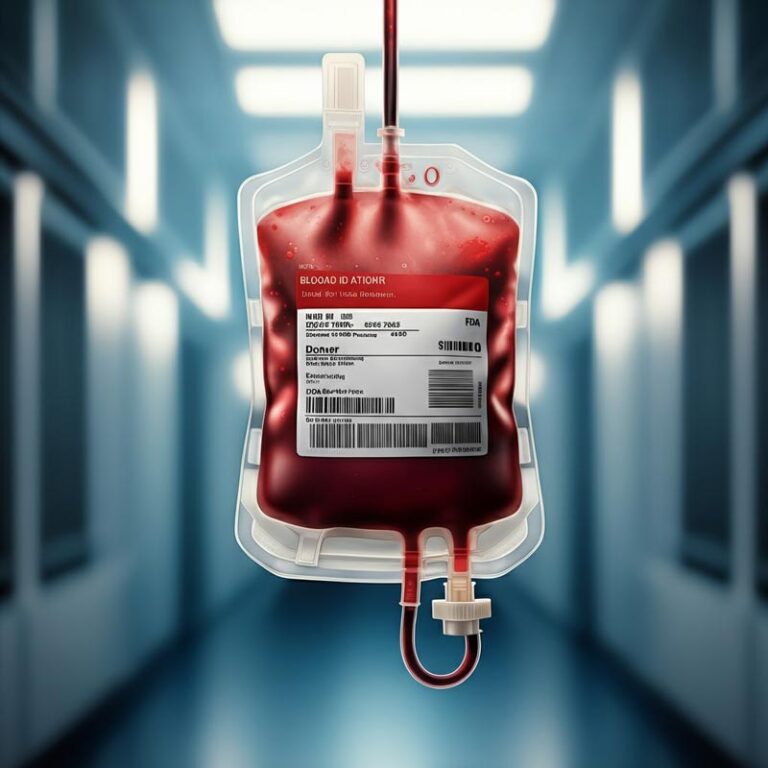Patient safety stands at the heart of everything we do in healthcare. From the moment a medication is manufactured to when it reaches the patient’s hands, pharmaceutical labels serve as critical guardians of public health. These seemingly simple components carry the weight of regulatory compliance, patient protection, and ultimately, lives.
The pharmaceutical industry operates under some of the world’s most stringent regulatory frameworks, and for good reason. A single labelling error can lead to devastating consequences—from medication mix-ups to incorrect dosing that puts patients at risk. This is why pharmaceutical labelling compliance isn’t just a regulatory requirement; it’s a fundamental responsibility to the patients who depend on our products.
The Critical Connection Between Labels and Patient Safety
Pharmaceutical labels do far more than simply identify a product. They serve as the primary communication tool between healthcare professionals and patients, conveying essential information that can mean the difference between successful treatment and potentially harmful outcomes.
Consider the complexity of modern healthcare environments. Hospital pharmacies handle hundreds of different medications daily, whilst patients at home manage multiple prescriptions with varying dosing schedules. In these scenarios, drug labels become the first line of defence against medication errors.
Research consistently shows that clear, compliant labelling significantly reduces the risk of adverse drug events. When medicine labels are designed with both regulatory requirements and human factors in mind, they create an environment where healthcare professionals can work confidently and patients can manage their medications safely.
Pharmaceutical labeling compliance requires navigating a complex web of regulations that vary by region but share common goals: protecting patients and ensuring product integrity. In Europe, the Human Medicines Regulations provide comprehensive guidance on labelling requirements, whilst the FDA oversees similar standards in the United States.
These regulations cover every aspect of pharmaceutical labelling, from the mandatory information that must be included to the specific formatting requirements that ensure readability. The requirements address:
- Active ingredient identification and concentration levels
- Clear dosage instructions that minimise confusion
- Expiry dates that are prominently displayed and easily understood
- Batch tracking information for quality control and recall purposes
- Safety warnings that alert users to potential risks
However, compliance extends beyond simply including the required information. The way information is presented, the materials used, and even the adhesive properties of the label all play crucial roles in ensuring patient safety.
Material Innovation: Where Safety Meets Sustainability
The evolution of labels for pharmaceutical products reflects broader changes in both regulatory requirements and industry priorities. Modern pharmaceutical manufacturers must balance stringent safety requirements with growing demands for sustainable packaging solutions.
Advanced labelling materials now offer enhanced durability whilst maintaining the high-quality print resolution essential for regulatory compliance. These innovations ensure that critical information remains legible throughout the product’s shelf life, even when exposed to various storage conditions.
Temperature-resistant adhesives prevent labels from lifting or curling in cold storage environments, whilst tamper-evident features provide additional security for controlled substances. These technical advances demonstrate how thoughtful material selection directly contributes to patient safety.
The Human Factor in Label Design
Effective pharmaceutical labelling goes beyond regulatory compliance to consider the human element. Healthcare professionals working in fast-paced environments need labels that communicate information quickly and clearly. Patients managing complex medication regimens benefit from an intuitive design that reduces confusion.
Smart design principles incorporate high contrast colours for better readability, logical information hierarchy that guides the eye to the most critical details, and clear typography that remains legible even in reduced print sizes. These seemingly small details can have profound impacts on medication adherence and safety outcomes.
Technology Integration and Future-proofing
The pharmaceutical industry is increasingly embracing digital integration, and labelling is no exception. QR codes and other machine-readable elements are becoming standard features, enabling enhanced tracking capabilities and providing patients with access to detailed medication information.
These technological additions must be seamlessly integrated into traditional labelling without compromising compliance or readability. The challenge lies in creating solutions that serve both regulatory requirements and evolving patient needs.
Partnership for Excellence
Achieving optimal pharmaceutical labelling requires expertise across multiple disciplines, from regulatory affairs to material science to graphic design. Pharma-label Manufacturer partnerships become essential in navigating these complexities whilst maintaining focus on patient safety.
Leading manufacturers like Avery Dennison bring deep understanding of both regulatory requirements and practical implementation challenges. This expertise enables pharmaceutical companies to focus on their core mission of developing life-saving treatments whilst ensuring their products reach patients safely and compliantly.
The most effective partnerships combine regulatory knowledge with innovative problem-solving, creating labelling solutions that not only meet current requirements but anticipate future needs. This forward-thinking approach helps pharmaceutical companies stay ahead of regulatory changes whilst continuously improving patient safety outcomes.
Looking Ahead: The Future of Pharmaceutical Labelling
As healthcare continues to evolve, pharmaceutical labelling must adapt to meet changing needs. Personalised medicine, home healthcare delivery, and digital health integration all present new challenges and opportunities for labelling innovation.
The future will likely see even greater integration between physical labels and digital platforms, enhanced anti-counterfeiting measures, and continued focus on sustainable materials. However, the fundamental purpose remains unchanged: protecting patients through clear, compliant, and reliable information delivery.
Commitment to Excellence
Pharmaceutical Labeling Compliance represents more than regulatory adherence—it embodies our collective commitment to patient welfare. Every decision made in the labelling process, from material selection to design implementation, ultimately impacts the individuals who depend on these medications for their health and wellbeing.
By maintaining rigorous standards, embracing innovation, and prioritising patient needs, the pharmaceutical industry continues to advance the safety and effectiveness of healthcare delivery. Pharma labels may seem like small components in the complex healthcare ecosystem, but their role in protecting patients makes them among the most important elements in ensuring successful treatment outcomes.
The responsibility is significant, but so is the opportunity to make a meaningful difference in patients’ lives. Through continued commitment to excellence in pharmaceutical labelling, we can help ensure that every medication reaches every patient safely, accurately, and with the information needed for optimal health outcomes.

0 Comments